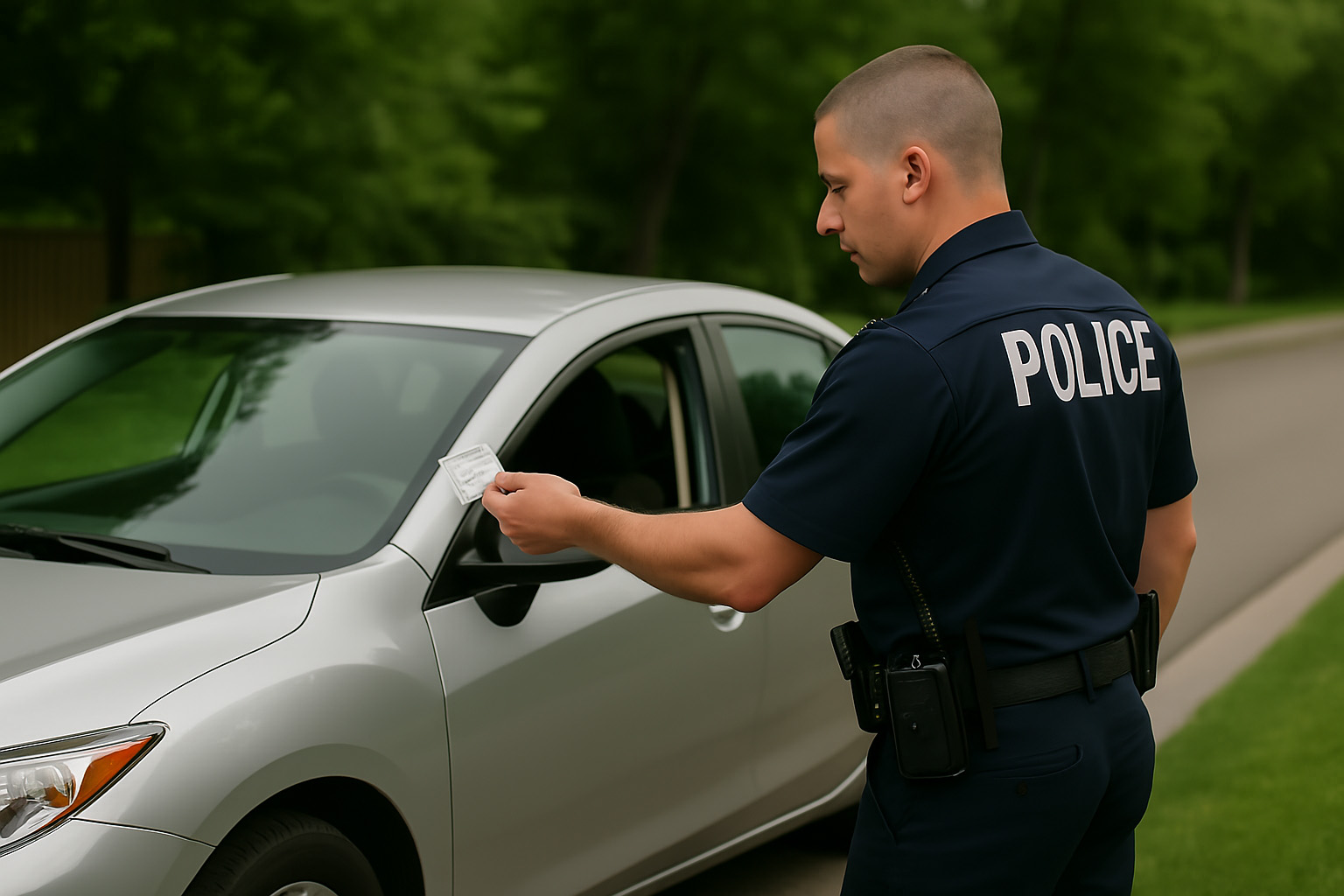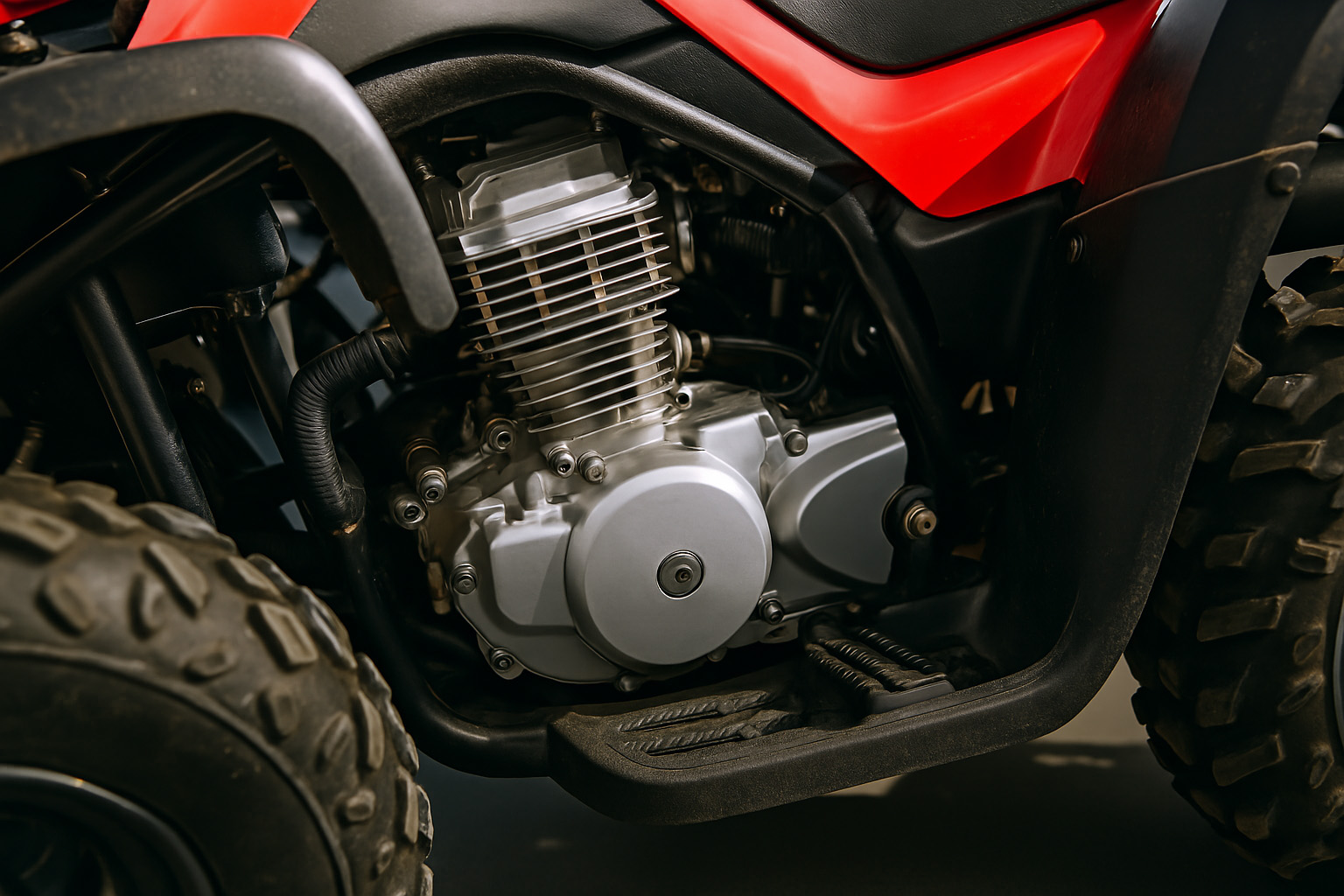Every year, over $1billion in auto parts are stolen across the U.S.!
Parts stripping typically involves the targeted removal of high-value components from vehicles—either illegally by thieves or systematically in salvage operations. In theft scenarios, criminals often target easily accessible and high-demand parts such as catalytic converters, wheels, airbags, and infotainment systems. These components are removed quickly using portable tools, often in under a minute, and resold through underground channels or online marketplaces. The rise of organized theft rings has made this process more efficient and widespread, with some groups using lookouts, decoys, and even fake service uniforms to avoid detection. On the legitimate side, auto recyclers and dismantlers strip vehicles for resaleable parts, following VIN-based tracking and environmental protocols. However, the line between legal dismantling and illicit stripping can blur when stolen vehicles are funneled into unregulated yards.
The prevalence of parts stripping has surged in recent years, driven by rising replacement costs, supply chain disruptions, and the increasing value of rare components. Catalytic converter theft alone has grown by over 400% in some regions since 2020, prompting legislative responses and insurance policy changes. The aftermarket protection industry is responding with rapid innovation: asset-specific labeling, VIN-linked deterrents, and dealership-integrated surveillance systems are becoming standard. Meanwhile, the broader automotive stripping market—including legitimate paint and coating removal—is projected to grow at a CAGR of 5.5%, reaching over $2.4 billion by 2030. Sustainability and automation are key drivers, with eco-friendly stripping agents and robotic systems gaining traction. As electric vehicles become more common, new stripping techniques are emerging to handle lightweight materials and battery components, reshaping both the threat landscape and the protective strategies dealerships must adopt.
DotGuard offers scalable, dealership-ready solutions that address these risks head-on.
![[interface] image of software dashboard integration (for a legal tech)](https://cdn.prod.website-files.com/image-generation-assets/13d9bb10-f8ba-4a7c-8600-5bd61b1efcf6.avif)
![[background image] image of auto parts](https://cdn.prod.website-files.com/687e823758dd37fbe0f9b75a/6881572de6435ada8a65e5c8_bikedealer.jpg)
![[interface] image of hr software in action (for a hr tech)](https://cdn.prod.website-files.com/687e823758dd37fbe0f9b75a/68815aa0ce1a23566848ee99_bikefix.jpg)


![[interface] image of a computer showcasing educational software (for a edtech)](https://cdn.prod.website-files.com/687e823758dd37fbe0f9b75a/68815514d80ffa01f2449e09_bikes.jpg)
Tamper-resistant UID, QR or RFID labels give each vehicle or powersports asset a unique identity linked to DotGuard’s National Asset Protection Registry. These markings deter resale, aid law enforcement, and support insurance claims with verified traceability.
![[team] image of individual team member (for a public transportation company)](https://cdn.prod.website-files.com/687e823758dd37fbe0f9b75a/687e9ff0b26b70b97ceeacc7_Powersports.jpg)
From cars, to bikes, jet skis and ATV's to snow mobiles, DotGuard kits install in minutes with no special tools. This makes it easy for dealerships to protect diverse inventory and upsell theft protection in F&I packages.

Dealerships gain credentialed access to register vehicles, confirm protection status, and assist in recovery efforts. The portal supports serial number lookups, UID verification, and timestamped ownership records—all in one secure dashboard.
Dealerships are on the front lines of vehicle and asset protection, and DotGuard is designed to empower them with proactive, dealership-integrated theft deterrence. While physical barriers and strategic vehicle placement create a foundational layer of security, DotGuard elevates that defense through intelligent asset tracking and visual deterrents. Our VIN-linked labeling system ensures high-value components like catalytic converters, wheels, and airbags are traceable—deterring theft at the source and simplifying recovery. By embedding DotGuard protection into daily operations, dealerships do more than defend inventory—they build credibility, increase buyer confidence, and position themselves as industry leaders in theft prevention. That’s not just smart security—it’s a strategic advantage.
![[interface] image of software dashboard integration (for a legal tech)](https://cdn.prod.website-files.com/687e823758dd37fbe0f9b75a/68811e09b6d29248933a5c13_police%20check.jpg)






![[interface]](https://cdn.prod.website-files.com/687e823758dd37fbe0f9b75a/687fc64aebef34d9d7df4177_motorcycle%20theft%20protection.jpg)
![[interface] image of software dashboard integration (for a legal tech)](https://cdn.prod.website-files.com/image-generation-assets/13d9bb10-f8ba-4a7c-8600-5bd61b1efcf6.avif)